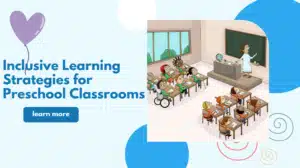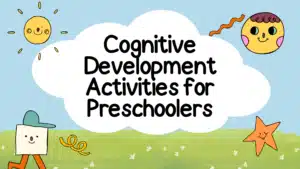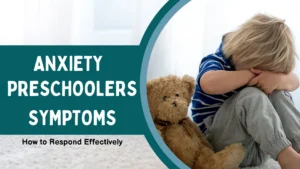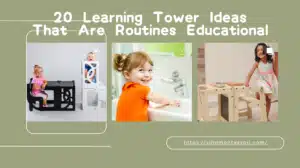Are you looking for effective classroom management strategies? Classroom management is a common challenge for many educators. One of the most important skills you can have as an educator is effective classroom management. Good classroom management strategies lead to a positive learning environment that keeps students engaged and focused.
Classroom management strategies can help you create a positive and structured classroom culture. With the right strategies and techniques, teachers can increase student engagement, minimize disruptions, and foster a sense of community within the classroom. Use strategies that are adapted to the needs of different grade levels, subjects, and teaching styles. Establish clear expectations, implement effective communication techniques, encourage student engagement, and address challenging behaviors.
Whether you’re a seasoned teacher looking to update your classroom management approach or a new educator seeking guidance, this comprehensive guide has you covered. By employing these classroom management strategies, you can transform your classroom into a harmonious space that promotes student growth, engagement, and achievement.
What are the best classroom management strategies?
Classroom management is an art refined over time, grounded in strategies that promote an environment conducive to learning. The best classroom management strategies are those that create a balance between discipline and nurture, allowing students to thrive within structured, yet flexible boundaries.
Why are classroom management strategies so important?
Effective classroom management strategies are the bedrock of successful teaching and learning. They ensure that the classroom remains a space where all students feel safe, supported, and ready to learn.
- Fosters Academic Achievement
- Enhances Social and Emotional Growth
- Create and maintain an organized learning environment
- Reduces Stress for Educators and Students
Examples of Classroom Management Strategies
Let’s explore how each strategy can be implemented to transform your classroom into a dynamic learning space where every student feels valued and motivated.
1. Model Behavior
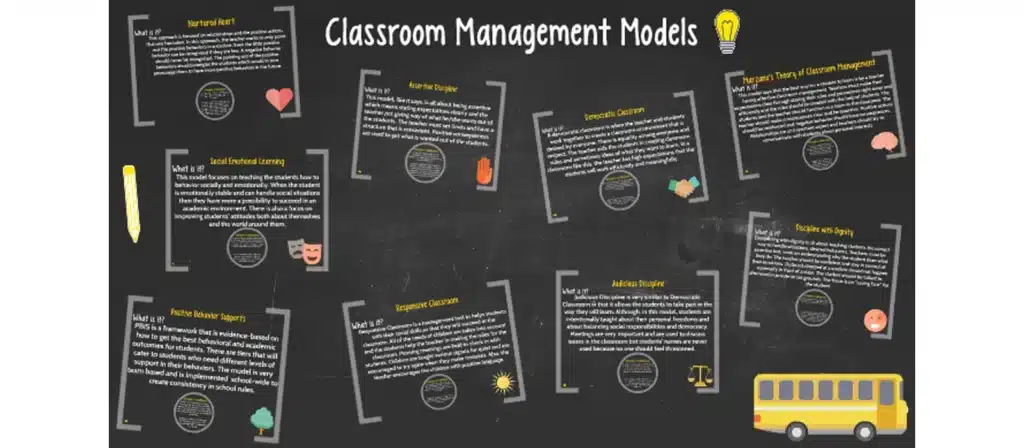
As educators, we must first embody the behaviors we wish to see in our students. Modeling appropriate behavior sets a powerful example, demonstrating to students the standards of conduct and engagement expected within the classroom.
- Lead by Example: Always be punctual, prepared, and poised. Your actions teach students about responsibility and the importance of education.
- Positive Language: Use affirmations and positive language to build a supportive classroom atmosphere. This approach encourages students to express themselves in a constructive manner.
- Conflict Resolution: Demonstrate effective conflict resolution techniques. Showing students how to resolve disagreements amicably teaches them valuable social skills.
2.Set Clear Expectations
Clarity is key in classroom management. Setting clear, achievable expectations helps students understand what is required of them, reducing misunderstandings and misconduct.
From the outset, articulate the academic and behavioral expectations. Ensure these guidelines are understandable and visible within the classroom, creating a constant reminder of the standards to which everyone is held.
3. Greet Your Students Personally

Start each day by greeting your students at the door. Use their names and offer a smile or a friendly nod. This not only helps you establish a personal connection with each student but also sets a positive tone for the day. Personal greetings are a powerful tool in building a nurturing classroom environment where students feel recognized and important.
4. Develop Relationships with Students
Building strong relationships with your students is crucial for effective classroom management. When students feel understood and supported, they are more likely to engage positively in the classroom.
Developing these relationships requires time and effort. Show genuine interest in your students’ lives outside the classroom. Listen to their concerns, celebrate their achievements, and provide support when they face challenges.
5. Use Gamification to Engage Students

Gamification turns learning into a more engaging and interactive experience.Start by incorporating elements like points, badges, and leaderboards into your lessons. These can be linked to academic achievements, positive behavior, or participation. Create competitive scenarios or challenges that encourage students to engage with the material actively. However, ensure that the competition remains friendly and that every student feels they can succeed.
6. Establish Rules and Procedures
Keep the classroom rules simple, clear, and consistent. Procedures for routine tasks—like turning in homework, group work, and even transitioning between activities—should be taught and practiced until they become second nature to your students. Always enforce rules and procedures consistently, but be flexible enough to adapt them as needed. Celebrate when rules are followed to reinforce positive behavior.
7. Use a Consistent Disciplinary System
Discipline consistency in classroom management strategies helps students understand what is expected of them, reduces confusion, and promotes a stable learning environment. It involves setting clear rules, communicating them effectively, and applying them fairly to all students. When students know the rules and associated consequences, they are more likely to follow them.
8. Encourage Students to Participate
Engaging students in the creation of this plan can increase their commitment to following it. Regularly reviewing and adjusting the plan is essential to address any changes in classroom dynamics.
9. Active Listening
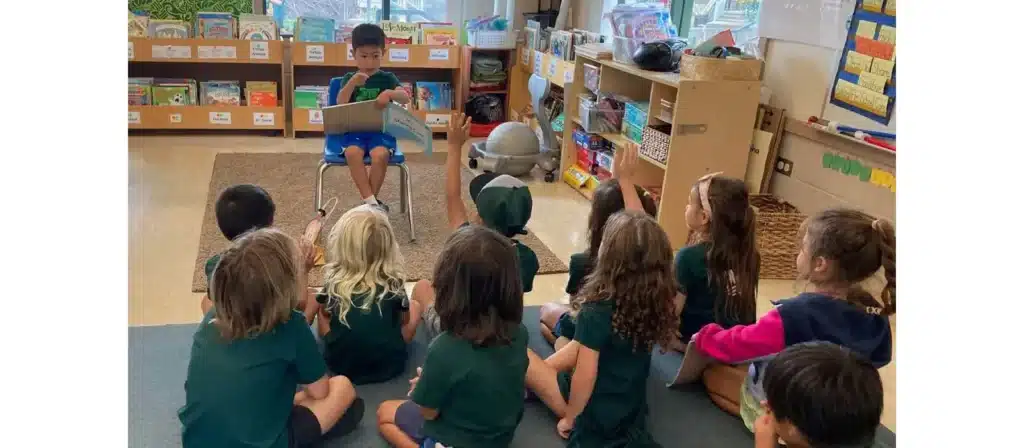
By practicing active listening, teachers can build stronger relationships with their students, identify and address any issues early, and foster a supportive classroom environment. It involves not just hearing but understanding what students are saying, asking clarifying questions, and responding thoughtfully. This approach can encourage students to share more openly, enhancing communication and mutual respect.
10. Respect Students
To respect students means to value their ideas, feelings, and contributions to the classroom. It involves treating them with kindness and understanding, regardless of their academic performance or behavior. Acknowledge their achievements, listen to their concerns, and provide constructive feedback in a compassionate manner. By modeling respect, teachers can encourage students to show respect to their peers and others, creating a harmonious classroom culture.
11. Encourage Initiative
Encouraging initiative among students can lead to a more dynamic and interactive learning environment. It helps students develop confidence, critical thinking skills, and a sense of responsibility for their learning.
Promote initiative by creating opportunities for students to lead discussions, choose their project topics, and even suggest improvements to classroom procedures. Recognizing and celebrating these efforts reinforces the value of taking initiative and inspires others to do the same.
12. Praise Students

Praising students effectively involves acknowledging both their academic achievements and positive behaviors. This recognition can foster a love of learning, increase student engagement, and promote a positive classroom culture. Specific praise helps students understand what actions are valued, encouraging them to repeat those behaviors. Celebrating small victories and efforts makes students feel valued and understood, contributing to their self-esteem and motivation.
13. Set an Example of Good Behavior
Teachers are powerful role models. Demonstrating respect, enthusiasm, and a positive attitude toward learning can significantly influence student behavior and attitudes. A classroom management strategy for modeling is to expect students to behave in a certain way.
Teachers who demonstrate respect, patience, and kindness create a classroom environment where students feel safe, respected, and motivated to emulate these behaviors.
14. Avoid Punishing Classes
Collective punishment can breed resentment and unfairness, often affecting those who may not have been involved in disruptive behavior. Focusing on positive behavior supports and individual accountability fosters a more just and motivated classroom environment.
Avoiding collective punishment and instead addressing issues on an individual basis ensures that discipline is fair and targeted. This approach encourages students to take personal responsibility for their actions and understand the direct consequences of their behavior. It also preserves the positive atmosphere of the classroom, preventing resentment from students who feel unjustly punished.
15. Divide the Classroom into Zones
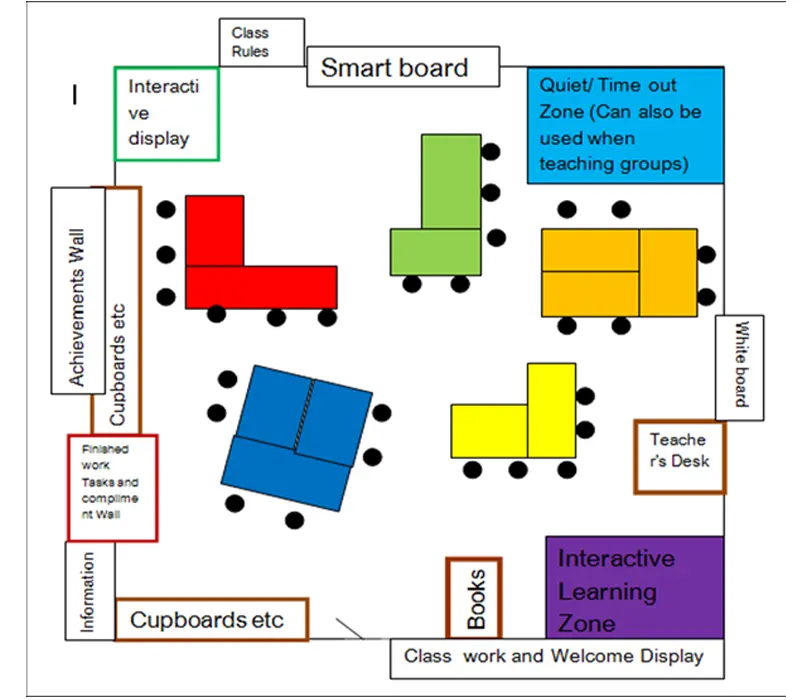

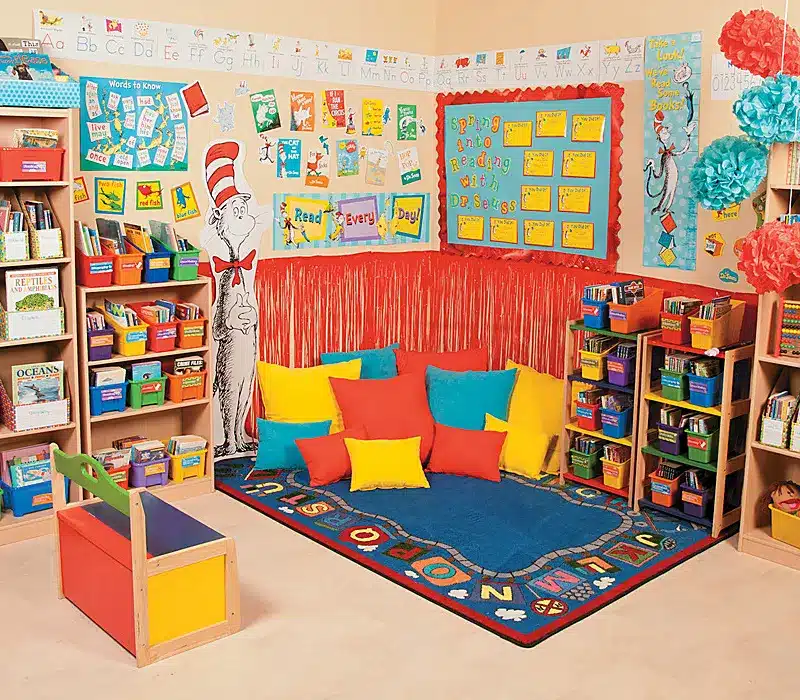
Dividing the classroom into zones — such as a reading corner, a group work area, and a quiet solo work zone — helps students understand what behavior is expected in each area. It also allows for smoother transitions between different types of activities, reducing downtime and maintaining student focus. Zones can cater to students’ varying needs throughout the day, providing spaces for collaboration, independent study, and relaxation. This spatial strategy not only aids in behavioral management but also supports differentiated learning.
16. Understand Special Needs
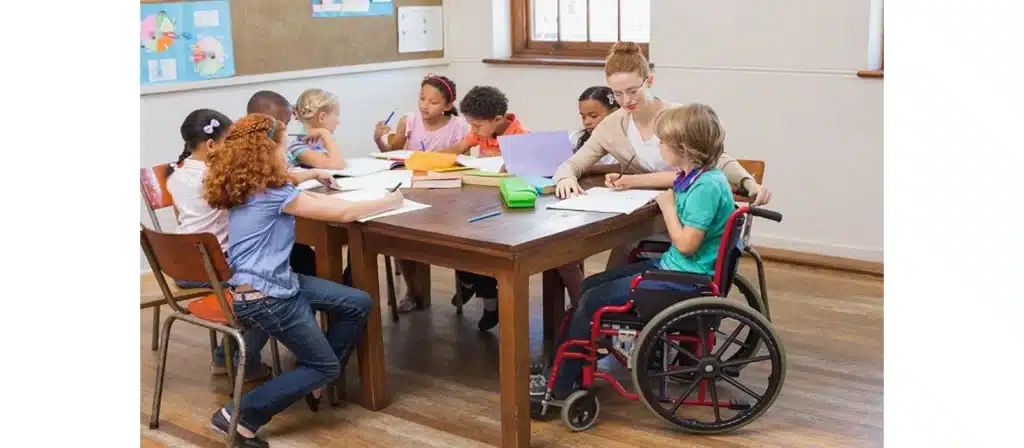
Recognizing and meeting the special needs of students is important for classroom management strategy fee. Understanding these needs allows teachers to adapt instructional strategies to ensure that all students have the opportunity to succeed.
Understanding special needs involves educating oneself about the challenges faced by students with disabilities and learning differences. It requires patience, flexibility, and creativity to adapt teaching methods and classroom environments. Providing individualized support, using inclusive materials, and ensuring that all students have access to the classroom.
17. Set Routines and Schedules
Routines and schedules provide a predictable structure that guides students through their school day. From morning check-ins to specific times for reading or science experiments, these structures help manage students’ time and energy effectively. Clear routines can also assist in classroom management by setting expectations for behavior at different times. For example, students may know that after recess comes a quiet reading time, helping them to transition between activities smoothly.
18. Communicate with Parents

Reasons for communicating to parents.Regular communication with parents to keep them informed and involved in their child’s education can lead to more consistent support at home. Sharing insights into classroom activities, student achievement, and ways parents can support learning at home can build a collaborative relationship.
What are the four components of classroom management?
The right classroom management strategies create an optimal learning environment where students feel safe, engaged and motivated to learn. Classroom management includes the following 4 key components
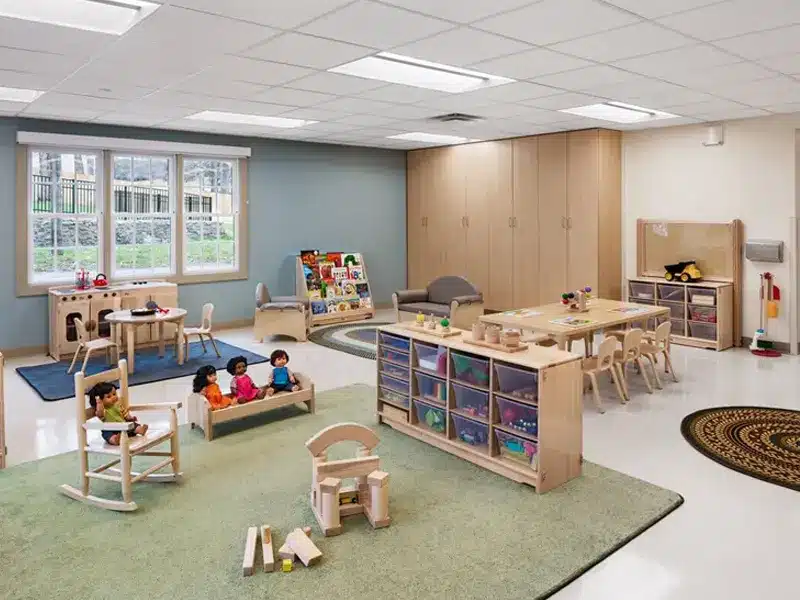
1. Classroom Design
Classroom design includes arranging equipment such as desks and chairs, lockers, and bookshelves. Lighting, acoustics and décor are also considered. By strategically designing their spaces, educators can facilitate easier movement, promote collaboration, encourage engagement, and manage student behavior more effectively.
2. Rules/Discipline
An important part of classroom management strategies is establishing clear rules and discipline. This includes setting behavioral expectations, outlining consequences for breaking the rules, and enforcing them consistently. When students understand and agree with the rules, they are more likely to follow them, creating a more harmonious classroom environment.
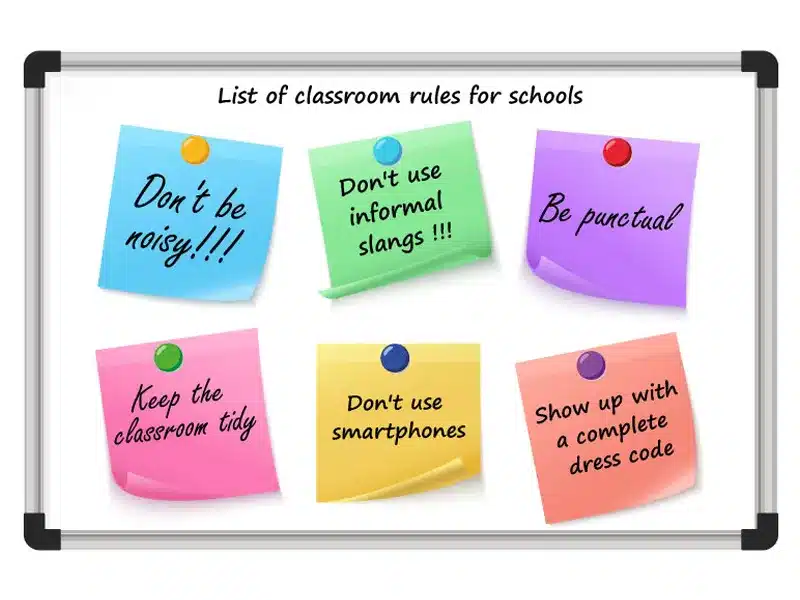
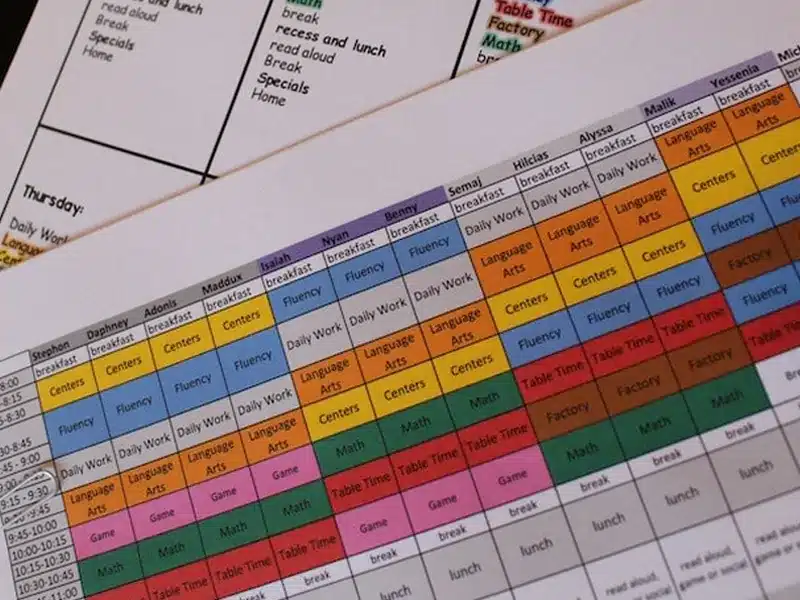
3. Schedule/Organization
Curriculum schedules can enhance learning and classroom management. This includes not only the daily schedule, but also the organization of materials, activities, and transitions. Efficient organization minimizes downtime, keeps students engaged, and reduces opportunities for disruptive behavior.
4. Teaching Skills
Instructional skills are at the core of classroom management strategies. This includes a wide range of competencies, from lesson planning and instructional strategies to communication and conflict resolution.

In conclusion
Effective classroom management is multifaceted, involving strategic planning, empathy, and adaptability. By implementing these strategies, educators can create an environment that is conducive to learning and growth. The benefits of such an approach are clear: improved student behavior, enhanced academic outcomes, and a more enjoyable teaching and learning experience for all involved.



